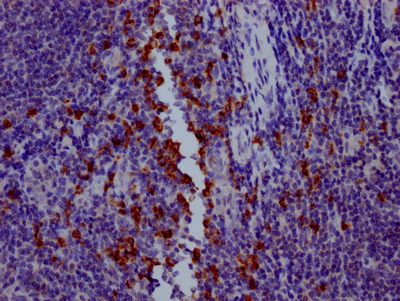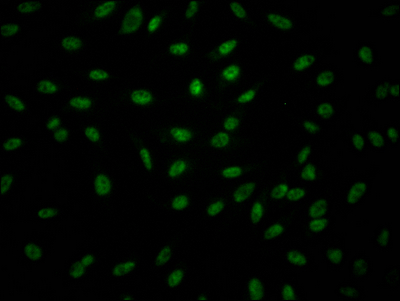GZMB is a serine protease found in the granules of cytotoxic T lymphocytes and natural killer cells. Many studies have demonstrated GZMB's prognostic value. The percentage of cells positive for GZMB and perforin expression was found to be inversely connected with regional node metastases in breast and lung cancer patients, indicating that these enzymes are critical for cancer apoptotic cell death. Lung cancer patients have a decreased percentage of GZMB and perforin expressing T-lymphocytes and NK cells. In colorectal cancer, tumors with a dense lymphocytic infiltration had higher GZMB expression, whereas tumors with vascular invasion and positive nodal status had lower GZMB expression.
The generation of the recombinant GZMB antibody includes obtaining the GZMB antibody gene, cloning the gene into a plasma vector, introducing the recombinant vector into mammalian cell lines, and achieving expression of adequate amounts of functional antibody. The recombinant GZMB antibody was purified using A synthesized peptide derived from human Granzyme B. It is reactive with the GZMB protein from Human and is suitable for the use in the ELISA, IHC, IF.







